What is Ancient Civilization? In this post, we will address the theme of human evolution from a biological/cultural point of view. This process allowed man to break from his direct dependence on nature. The human being developed abilities and knowledge with which he went about creating a new reality. Between the natural world and the human being, culture was interposed. Life in a society permitted the creation of a world fitted to his needs, more predictable, more secure, where shelter and food would no longer be the cause of uncertainties.
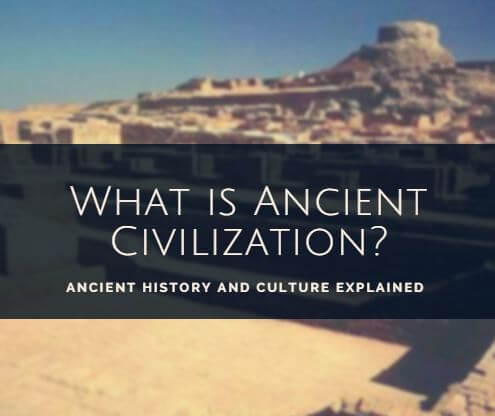
Everything that human beings in society do makes up culture; however, not all cultures gave rise to civilizations. At least that is what some scholars assert. Ancient history has concentrated its study especially on those cultures which by their innovations and developments left a mark on the history of humanity.
To better understand the difference between culture, which is everything that human beings in society do, and civilization, let us analyze some definitions regarding this last concept:
What Is Civilization?
Contents
Civilization is a term which originated in France in the 18th Century, being set as the opposite of barbarism by encyclopedists of said nationality. The reason? Well for them there were, on one hand, primitive or barbarous peoples, and, on the other hand, civilized and progressive peoples.
By the 19th Century, this term had already acquired a different meaning and was used to define the collection of characteristics which life in a culture at a certain period present. The word as such comes from the Latin “civitas” and this in its turn from “civis”, which is nothing more nor less than “city.”
Anthropologists today state that civilization would be the period in which human beings organize themselves in cities, in this way giving rise to urban life. But the most accurate concept is, without a doubt, that of Fernand Braudel. Braudel, a French historian, stated that “civilization is defined in relation to man’s sciences: Geography, Sociology, Economy, Politics, Collective Psychology, and History. It is also used referring to humanity’s achievements, that is to say, the cultural heritage.”
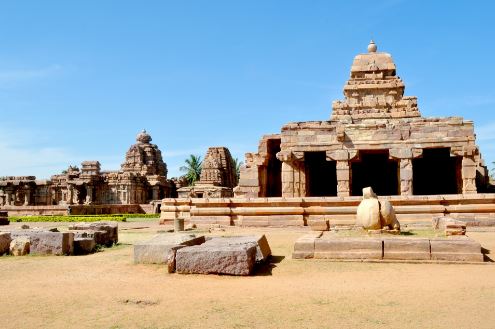
But a civilization is defined by certain elements without which it would not exist as such. We have, therefore:
- The space it occupies
- The society
- The economy
- Political organization
- A Collective mentality
The concept of civilization refers to a collection of economic, social, and cultural transformations; product of the actions of men in societies in a certain place and time.
What is Ancient Civilization?
We understand civilization as a set of knowledge and customs, which are common to a group of humans in a period of time. If we add the word ‘ancient’ to this definition, these characteristics are transferred to a moment of history.
The most important changes which are related to the development of the ancient civilizations were:
- Inventing highly complex agriculture.
- Dividing and organizing the work necessary to accomplish it.
- Producing an excess of food.
- Organizing life in cities.
- Organizing the first States as a new form of exercising authority.
- Formulating and writing laws.
- Shaping a religion associated with the State.
Therefore, the concept of civilization is strongly associated with agricultural development and urban organization. The people groups of Antiquity which, beginning with primitive urban societies gave rise to the first civilizations were those which lived in Asiatic Mesopotamia and in ancient Egypt.
But these peoples did not build their civilizations from nothing. They were the result of a historic process in which were combined diverse influences and cultural contributions. To this, it must be added that, in some cases, the domination of one people by another meant that cultural elements of the conquered societies were integrated into the dominant civilization.
Most Important Ancient Civilizations
1. Ancient China
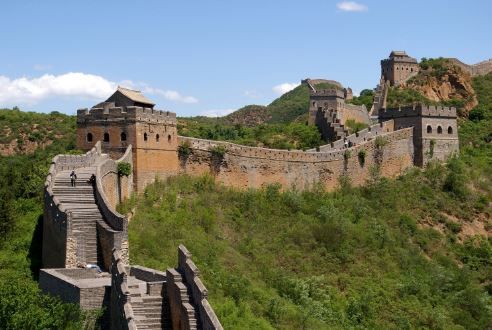
- The Chinese very early on created cotton textiles, natural silk, paper, ink, and porcelain.
- They invented gunpowder.
- Among their first artistic creations the pagoda (polygonal tower with concavely shaped eaves), landscape paintings and ancient acupuncture stand out.
- In addition, the invention of the magnetic compass, the mathematical compass, and the seismograph are attributed to them.
- They built the Great Wall of China.
2. Ancient India.
- They had monumental architecture, they created pyramidal and terraced temples.
- They created the language called Sanskrit.
- They created the numbers we currently use, and which we incorrectly call Arabic.
- They invented Chess.
- We also owe to them the fundamentals of algebra and trigonometry.
3. Ancient Egypt.
- They produced two types of writing: Hieroglyphic and Demotic.
- They created forms of numbering and formulas for measuring ground.
- They built large reservoirs and canals.
- They created a calendar with 365 days.
- In architecture they contributed interior illumination, without windows or columns, their great pyramids and sculptures are still standing.
- They created embalming techniques, in accordance with social class.
4. Ancient Greeks.
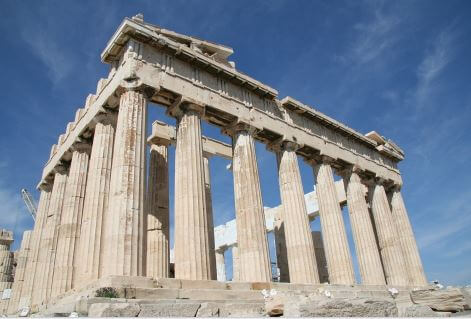
- Mathematics:
- The Pythagorean theorem
- Geometry
- Archimedes’ principle.
- Astronomy:
- The Greeks were among the first civilizations to study the stars and name constellations.
- The Greeks also contributed much to the concept of the Solar System.
- Geography:
- The calculation of the circumference of the earth is perhaps one of the most important.
- Philosophy:
- The first philosophers were Greeks and Aristotle was one of the greatest philosophers of the ancient world in addition to Plato, Socrates, and Anaximenes.
5. Ancient Mesopotamia.
- They created writing, which is considered the highest intellectual achievement of the period. This writing arose in Sumer and was produced at that time on a flat clay tablet, on which this “cuneiform” was printed, the process evolved gradually towards another, more developed process.
- They were the first in history to draw up written codes of law, the code of Hammurabi, which included the recognized formula, “eye for an eye, tooth for a tooth.”
- They also bequeathed to us multiplication, division, and the sexagesimal system.
- They produced the first commercial contracts, which were precursors of the check, the bill of exchange and the promissory note.
- They created the horoscope and discovered the signs of the zodiac.
- In architecture, they created the ziggurats which served as observatories, also in this field the invention of the vault, the arch, and the ramp, are attributed to them.
- They also invented the wheel and used it in the construction of chariots.
6. Ancient Incas.
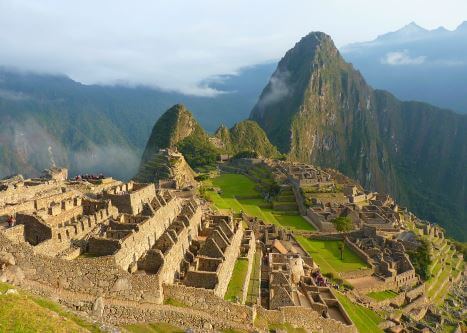
- In Architecture: They had great architectural development. They expanded and perfected their pathways, and expanded and opened roads which connected to Cuzco, their capital.
- In Agriculture: They created a very advanced system of irrigation.
- As they did not develop writing nor a system of numbering they measured value with the quipu, a system of knotted threads, which was a system of accounting.
- In art: Their constructions, which had great solidity and were very functional, stand out for their simplicity and austerity. Their ceramics, woven cloth, and metal works were highly prized.
7. Ancient Mayas.
- In Astronomy, they invented the solar calendar which governed agricultural activity. They were guided by the phases of the Moon and movement of the Pleiades. It was the most precise calendar until the 15th Century, and in addition, they had a separate calendar for religious feasts.
- In Mathematics, they developed a vigesimal numeric system which reached the number 19 and a sign equivalent to the number zero.
- In Architecture, they built great monuments which today remain in ruins.
- They created natural pools (wells), and also prepared cultivatable fields (cornfields), and created a system of clearing land.
- Great architectural developments: pyramids, temples columns, and vaults.
8. Ancient Romans.

- Rome extended its military dominion over the entire basin of the Mediterranean Sea, spreading along with its customs, its beliefs, and its language, Latin. Its language spread throughout the entire Mediterranean basin by way of soldiers, merchants, civil servants and slaves which traversed the Roman dominions. In these regions, Latin was enriched and transformed by contact with the native languages, which permitted the rise of other important languages: French, Italian, Dalmatian, etc. All proceed from the same Roman root, and because of this, they are called Romance languages.
- The Roman society also bequeathed the idea that all members of a community have certain rights. These rights are expressed through laws.
- They left scientific knowledge like medicine. The doctor of Greek origins, but who lived among the Romans around the 2nd Century, Galen, wrote various treatises on medicine and set the basis of medical knowledge before sicknesses.
- The study of physics, applied to engineering, which led them to build great channels of water through valleys and mountains: the aqueducts.
- They built baths with hot water in their cities, in which they had fountains and roads which connected them with almost all of the territory which they ruled. They applied the principles of physics, as much for hydraulics as for urban architecture.
- They were the ones who invented cement. The use of cement allowed them to build very tall buildings, constructions which only the Egyptians had been able to make.
9. Ancient Aztecs.
- The Aztecs stand out for their construction of cities, science and varied expressions of art.
- They had their own hieroglyphic writing, a system of numeration and a calendar which consisted of 18 months, with 20 days each and 5 extra, but it was inferior to that of the Mayas.
- They developed metallurgy, working especially with gold and copper.
- They produced cotton dresses.
- Their ceramics were characterized by their polychromatic vessels with figures.
10. Ancient Phoenicians.
- They created an alphabet composed of 22 consonants which represented the simplest sounds.
- They established an important link between the Mediterranean civilizations, the first businessmen and expanded the use of currency. The Phoenicians exercised a powerful influence over the entire basin of the Mediterranean Sea.
